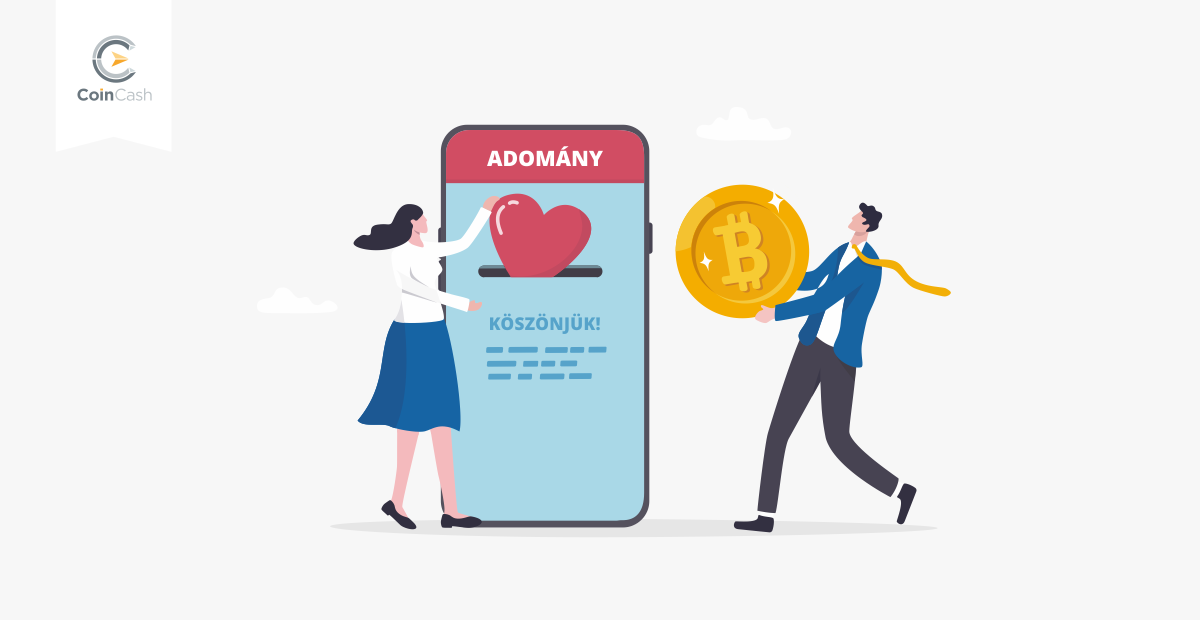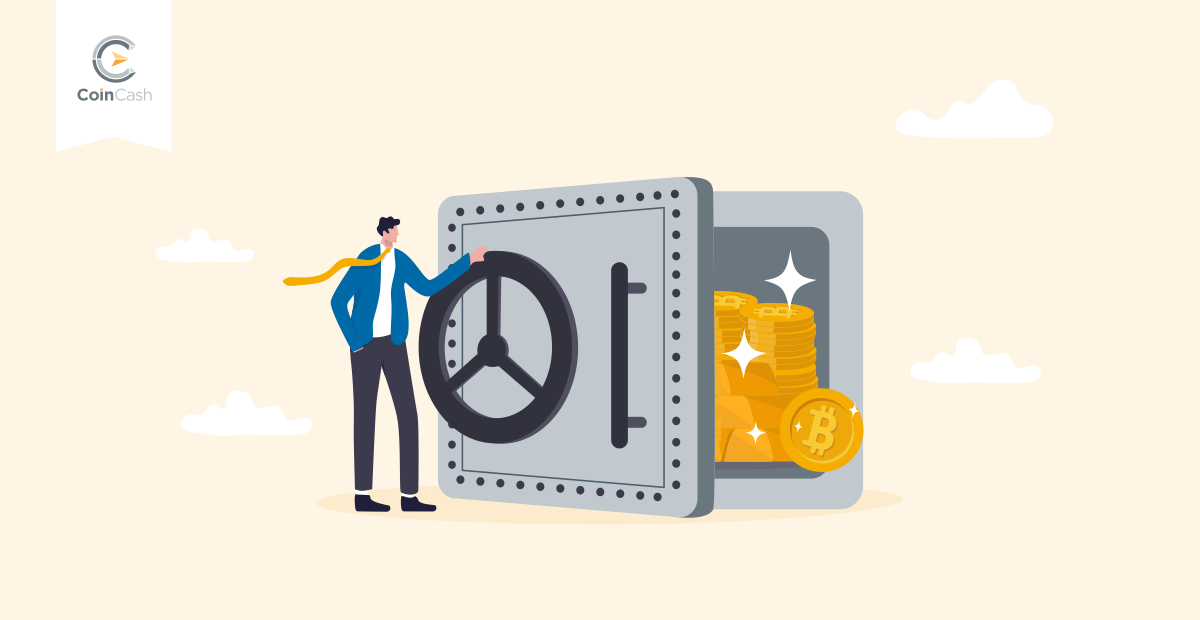Back in September last year, Deepak Thapliyal, the CEO of blockchain company Chain, paid $23.7 million for az NFT of CryptoPunks. For an image of a small, 24×24 pixel figure. This is the most expensive piece ever made by CryptoPunks, one of the world's most famous NFT series.
It's actually incomprehensible why someone would pay so much money for a picture with little artistic value. In addition, the mainstream press has long been preoccupied with stories like this one, the notion of NFT being associated with overpriced digital images. Is that all?

/CryptoPunks 5822 sold for $23.7 million. Source: Twitter/
But all of this has very tangible benefits. I'm sure many of you have downloaded a famous painting or photo to turn it into desktop wallpaper on your computer screen. A perfect replica of the original artwork will appear on your computer, beautifully adorned as a background. For example, I just downloaded a CryptoPunks image from Twitter that a businessman paid tens of millions of dollars for. So now it's mine? What about the original one? What does originality even mean in the digital space? This is the question and answer posed by NFT, the non-fungible token.
What is NFT?
Plain and simple: an NFT is a token embedded in the blockchain that has a unique identifier, i.e. it is unique and unrepeatable, and is protected in such a way that it can be copied, but the copy no longer has this unique identifier.
In the case of NFTs, it is therefore immediately obvious whether the token is the original or not.
And why does this matter? In the digital world, anything can be copied instantly, bit by bit, exactly the same thing can be produced with a few clicks. In the real, offline world, an incredible amount of time and effort is spent on authenticity protection, i.e. making sure that something cannot be reproduced. We can think of the costly process of protecting banknotes, the expertise needed to authenticate a painting, or the efforts to prevent counterfeiting of clothing from famous brands.
But in the digital space, all this has long been impossible, with all the data being duplicated in one go. I can copy any digital artist's work, but I can also forge trademarks in digital form, authentication documents, even details of real estate or cars.
Bitcoin was a huge innovation: it gave us back control of our digital wallets without the fear of copying money. After all, that is why we have a bank account at the bank, so that we cannot multiply the money in digital form in it. But it is also why public offices keep all the important records, such as the land register, the vehicle register or the electoral register. Because if we, the citizens, kept them, we could simply fraud the data.
Bitcoin has solved the problem that the user cannot endlessly copy the bitcoins in his account, yet the system remains authentic and transparent. But Bitcoin's system, like real money, is made up of interchangeable coins: if I give you a bitcoin, it makes no difference which bitcoin you return, just as it makes no difference which 5,000 forints you return if you receive one.
So what about digital data that is not interchangeable and not cryptocurrency? How do we protect a digital work of art, a certificate of authenticity or a digital trademark? That's what the NFT is for.
Once again, an NFT is a piece of digital data recorded in the blockchain that is unique and has an identifier such that a copy is immediately obvious to be a copy.
How do NFTs work?
We won't go into the technical details, but the point is that the unique digital data and its metadata are recorded in the blockchain. Because of the way blockchains work, both the data and the metadata are cryptographically protected: they can be viewed, but not modified or tampered with. The metadata contains additional information about the digital objects associated with the NFT. This is information such as the title, creator, date, description, genre or size of the artwork. This information helps to establish the value and uniqueness of NFTs and helps to identify and track works of art and objects in the digital world.
Where are NFTs are used?
You can make an NFT from any digital data, be it an image, video, music, games, any text. An NFT helps making that data truly unique and unreplicable. To make this more tangible, here are a few applications where NFTs are very useful. Importantly, NFTs are mostly used in the field of digital art, but quite a few other areas are also very useful.
Art:
NFTs are mostly used in the art world to create unique and authentic digital artworks. NFTs are used to tokenise artworks, effectively protecting them from copying. NFTs allow artists to protect and market their digital works directly and more effectively to their fans, collectors and investors. Many digital artists have already spoken about how NFTs have taken the field to a new level by making it almost impossible for their works to be counterfeited. Here's a list of the most expensive NFTs ever, with Pak's artist-named "The Merge" leading the way with a whopping $91.8 million.
Gaming industry:
NFTs are used in the gaming industry to tokenise game items, characters and weapons that can be used in-game. NFTs allow players to fully customise, sell or trade digital assets acquired in-game. There are countless NFT-based game worlds, Hungarian meta geniuses in the field, check out the founder of the Hungarian AMG DAO, Mark Engelhardt in the CoinCash podcast. It’s Hungarian, so native English speakers can have some trouble listening to it.
Music industry:
NFTs are also used in the music industry to tokenise music content. NFTs allow musicians to create unique and authentic digital music content and sell it directly to their fans without involving others in its protection and distribution. The largest online NFT marketplaces also offer the possibility to buy music directly from the creator with copyright protection, such as OpenSea, SuperRare or Mintable. Kings of Leon, Wu-Tang Clan and Snoop Dogg have released tracks or albums in NFT.
Sport, fan world:
on the one hand, NFTs are great for protecting and distributing digital artefacts for fans, they are effectively the modern digital equivalent of the old "basketball cards". On the other hand, the NFT is suitable as a badge for any event, as it is uniquely identifiable and certainly cannot be copied. And because any data can be attached to an NFT, organisers can personalise the tickets and attach extra services such as VIP access or other exclusive content. There's a haze of athletes who have released their own cards in NFT format, fan relics, a recent example being Mike Tyson using Hungarian-based platform for his first NFT collection.
Real estate:
NFTs are also used to tokenise virtual real estate that can be used in games and virtual worlds. If the real estate registry were on NFTs, there would be no need for a land registry, each property would have an unforgeable NFT attached to it, which would authentically record the history of ownership of the property, and the sale would not require a third party, it would be solely between the seller and the buyer. In Switzerland, for example, https://blockchain.news/news/134-million-deal-closed-by-real-estate-company-using-blockchain-in-switzerland https://blockchain.news/news/134-million-deal-closed-by-real-estate-company-using-blockchain-in-switzerland in 2020 where the property was tokenised and the contract was recorded in blockchain.
Real estate also includes the case of virtual meta-movies, such as Decentraland or Sandbox: virtual real estate, and indeed all the unique creations of the game, are NFT-based and therefore unique and irreproducible.
Supply chains:
The introduction of NFTs can facilitate the control and tracking of items along the supply chain, from raw materials to finished goods. This improves transparency, payment efficiency, even more sustainable procurement methods. It is also excellent for authenticity protection, making it almost impossible to counterfeit products with geographical indications (Tokaji, Champagne, etc.).
Businesses:
with NFTs, businesses can tokenise shares or parts of their business, which can be bought or exchanged by customers or investors. All this is much faster, cheaper and simpler than the current system.
Donation:
NFTs are also used for donation purposes. NFTs allow donors to create unique digital objects that are sold or auctioned as donations to their supporters. And with an NFT, because the data recorded in it is kept in an unalterable record, it is possible to accurately track the donation's journey.
These are just a few examples, but as you can see above, NFT is an incredibly useful technology, allowing ownership and provenance to be managed more effectively than ever before. Outside of protecting digital art, it hasn't really brought any uses that couldn't have been done differently before, but the way blockchains work means that NFT protection is cheaper, faster, more transparent and often more reliable than previous methods.
Of course, the press continues to be overwhelmed by blatant cases of something paying tens of millions of dollars for a worthless picture, or Gucci selling a virtual NFT-based bag for more money than the real. But before anyone throws stones at them: raise your hand if you've never ever collected something at home that everyone else thought was stupid!
Click here if you would like to buy Bitcoin.
Click on the stars to rate the article!




